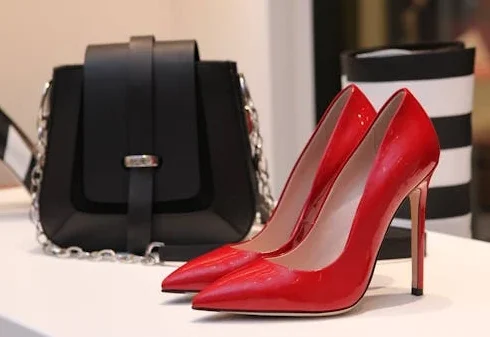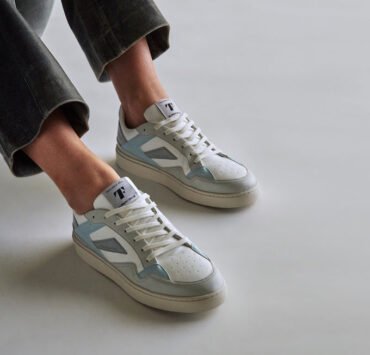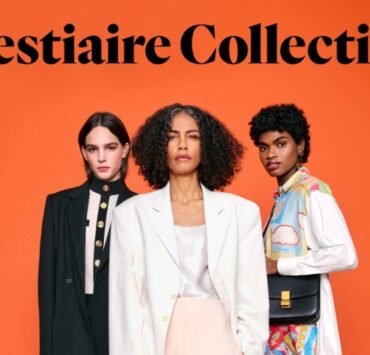The fashion retail sector is increasingly leveraging license agreements and franchise models to drive growth, but these strategies differ sharply in control, cost, and scalability. As brands like Saks Fifth Avenue and JD Sports expand globally, understanding these models is critical for navigating market entry, brand consistency, and regulatory compliance.
Core Differences: Control, Costs, and Compliance
| Factor | Franchise | License |
| Control | Franchisors dictate operations, marketing, and store aesthetics (e.g., uniforms, layouts). | Licensors grant IP rights (e.g., trademarks) but don’t control business operations. |
| Fees | Upfront franchise fees, royalties (5–15% of sales), and marketing fund contributions. | One-time or recurring royalties (2–8% of sales), no marketing fund. |
| Regulations | Governed by strict laws (e.g., Australia’s Franchising Code of Conduct). | Fewer regulations, focused on IP usage terms. |
| Support | Franchisors provide training, supply chains, and operational manuals. | Licensors offer minimal support beyond IP access. |
Example:
- Franchise: Saks Fifth Avenue’s 2025 deal with Reliance Retail in India mandates adherence to Saks’ luxury standards, with Reliance operating stores under strict guidelines.
- License: Michael Kors’ partnership with Fossil Group allowed Fossil to produce watches using Kors’ branding but retained creative control over designs.
Recent Trends and Case Studies
Franchise Dominance in Global Expansion
- JD Sports signed a 10-year franchise agreement with GMG to open 50 stores in the Middle East by 2028, leveraging GMG’s local expertise while maintaining JD’s athleisure branding.
- Go Fashion partnered with UAE’s Apparel Group to launch 13 stores in GCC countries, highlighting franchises’ role in scaling physical retail.
Licensing for Niche Markets and Innovation
- Dsquared2 vs. Staff International: A 25-year licensing deal signed in 2002 led to a 2025 legal battle when Dsquared2 sought to reclaim control of its ready-to-wear line, underscoring the risks of long-term IP agreements.
- Tommy Hilfiger and Law Roach collaborated on limited collections, blending celebrity influence with licensing flexibility to target Gen Z.
Challenges and Risks
- Brand Dilution:Franchises risk uniformity backlash (e.g., fast-fashion oversaturation).
- Licenses face misuse of IP, as seen in Calvin Klein’s 2000 lawsuit against Warnaco.
- Regulatory Hurdles:The U.S. FTC blocked Tapestry’s $8.5B acquisition of Capri Holdings over antitrust concerns in 2024.
- Financial Pressures:Franchisees incur high upfront costs (e.g., McDonald’s $1–2M initial investment), while licensees grapple with royalty disputes.
Future Outlook: Tech and Sustainability
- Blockchain Authentication: LVMH’s AURA platform tracks materials across franchises, ensuring ethical sourcing.
- AI-Driven Licensing: Mytheresa’s AI tools reduced design-to-production time by 30% in 2024, aiding licensees in trend adaptation.
- Circular Economy: Franchises like Tapestry’s “Re-Coach” initiative upcycle 40% of leather waste, aligning with EU sustainability mandates.
Industry Insight:
“Licensing offers agility, but franchises build ecosystems,” notes CFDA CEO Steven Kolb. As Gen Z’s $360B spending power reshapes retail, hybrid models—like sole ownership with LLP partnerships—are emerging to balance creativity and scalability.
Bottom Line
Franchises suit brands prioritizing control and global consistency (e.g., luxury retail), while licenses empower niche market experimentation. With 68% of CEOs planning acquisitions by 2026, the choice hinges on balancing risk, regulation, and innovation.





